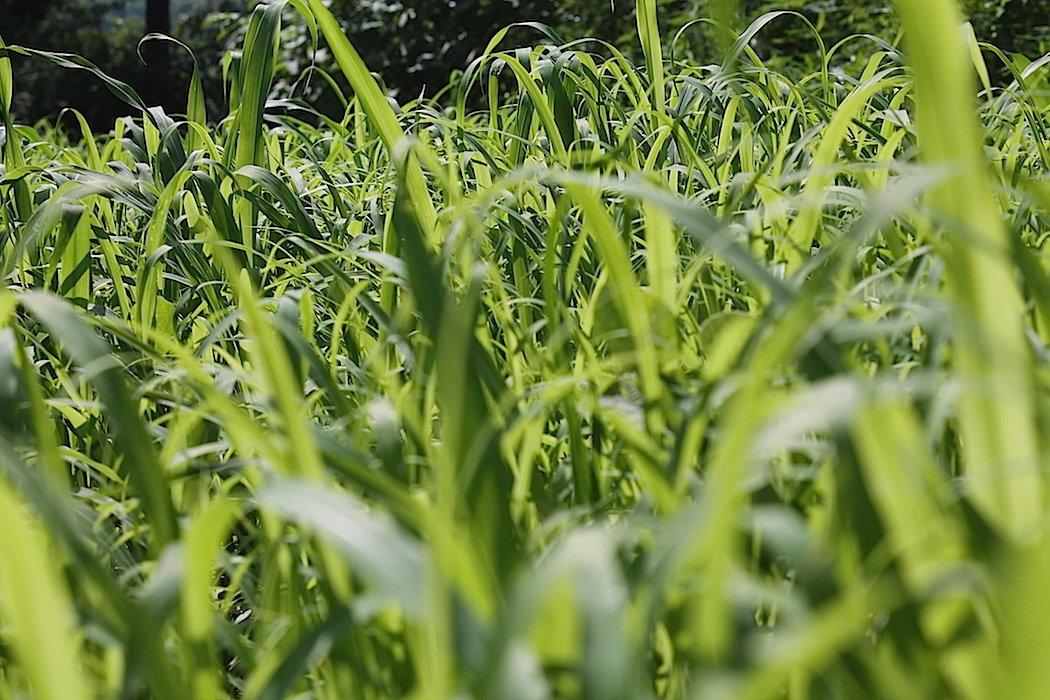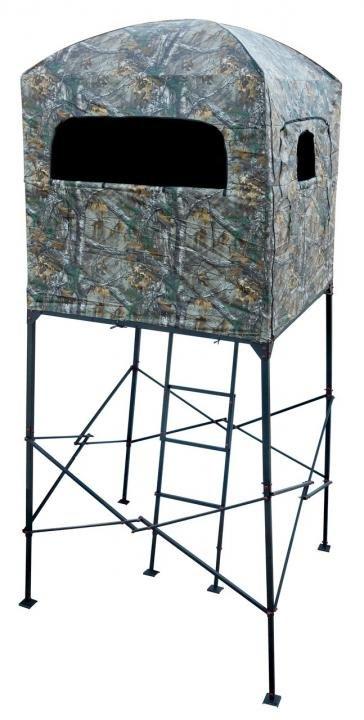Do You Plant Buffers and Screens Around Your Food Plots?
Food plots have become a big part of deer management and hunting plans throughout the country. Providing additional nutrient-rich food sources for whitetails and other wildlife is both beneficial for them and increases your odds of success come hunting season. And as we've covered in previous discussions, planting the right combination of food and micro kill plots is a hard but necessary process. And when it comes to micro kill plots, you need buffers and security screens around them to provide the added attraction that will draw deer into those plots during daylight. Enter Egyptian Wheat.
How to Plant Egyptian Wheat
As when planting anything, make sure the soil pH is where it needs to be. Take a soil sample, and if it isn't, use the right fertilizer to correct it. If you can't take a soil sample, spread fertilizer that's heavy on nitrogen, as Egyptian Wheat loves it.
This is an easy seed to plant. But it's a very small, fine seed. So I don't recommend large ATV or tractor implements to spread it. Instead, use a hand-crank seeder or broadcast it by hand. You have more control that way.
Bonus Tip: Egyptian Wheat is also great for concealing your entry and exit routes, as well as providing cover around ground blinds and tower stands.
Once the planting begins, spread the seed in a 2- to 3-yard strip around the edges of your kill plot. However, you can make it wider for added concealment or for support where more snow is received. Furthermore, go heavy when broadcasting. It's better to plant too much of this than not enough. Don't worry about stalks being too close together. That's exactly what you want to happen.
Once the seed is in the soil, I recommend covering the seed with ¼- to ½-inch of soil. Some people say you can plant it deeper, but I prefer not to. To do this, run a cultipacker, light disc (raised to appropriate depth), etc. Or, my preferred method to ensure good seed-to-soil contact is to simply drive over the seed with a truck or four-wheeler which presses the exposed seeds down into the ground. Once that step is complete, all you need is rain.
When to Plant Egyptian Wheat
I prefer to plant this as soon as possible once the threat of frost is over. The longer you give the plant to grow the more likely the plant is to reach its full potential. Therefore, planting in early spring when you plant your spring and early summer food plots is a great time to get this seed into the ground. For fall food plots, you can still plant the screen during spring and then come in and plant your food plot in August or September, depending on location and rainfall at the time. Regardless, the goal is to give this wheat variety no less than 90 days (120 to 150 is preferred for maximum results) to mature before the first frosts hit. For those who procrastinate, you can plant this in late summer, but don't expect maximum height.
Where to Plant Egyptian Wheat
This variety of wheat thrives in good soil. It's no surprise that I've had the best luck in dark, rich soil. Soils with higher concentrations of clay and sand are not as suitable, but can work. However, if planting in such areas, don't expect as good of results.
This is a nitrogen-loving plant. So make sure you choose a location with the right soil composition. Or, if it doesn't have it, add the needed fertilization to optimize the soil.
As for specific locations, I choose to plant Egyptian Wheat around each of my micro kill plots that I intend to hunt over. This will provide an additional buffer between heavier cover and your kill plots. This will make deer feel safer while feeding in them and will encourage them to use your plots more during daylight.
Why You Should or Shouldn't Plant Egyptian Wheat
Egyptian wheat has the potential to be a fairly hardy plant. It's not as hardy as standing corn, but it will hold up in most climates. If planting in an area that traditionally receives a lot of snowfall, I recommend planting standing corn or another hardy option, as this wheat variety will likely fold to frequent, heavy volleys of snow. That said, the advantage of Egyptian Wheat is that deer don't eat it, so you don't run the risk of over-browsing, or browsing at all, for that matter.
Furthermore, it truly is the most concealing plot screen option available to land managers. If planted early enough in good soil with adequate rainfall, it has the potential to reach 8 to 10 feet tall. Generally, 5 feet will get you where you need to be. But it's especially important to reach the upper end of the plant's potential in hilly terrain. After all, the goal is to shield a whitetail's line of sight.
Read: How to Plant a Micro Kill Plot for Deer
Are you a deer hunter thirsty for knowledge? Check out our stories, videos and hard-hitting how-to's on deer hunting.








